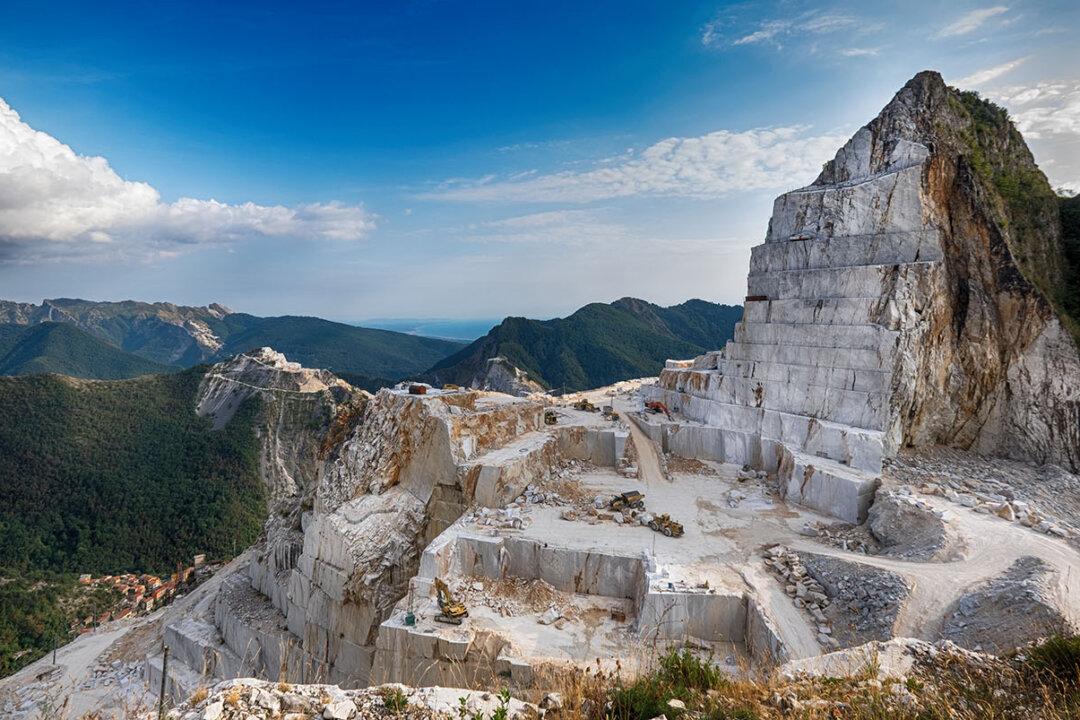Michelangelo Buonarroti was one of the greatest Italian Renaissance artists to ever live. He was great not only because of the artworks he produced but also because of what he was willing to endure to produce them.
One of the things he endured was the dangers of the marble quarries in the mountains of Italy, where artists acquired the marble for their sculptures. Most artists would arrive at the quarries to select the marble they wanted and then leave.





